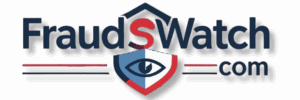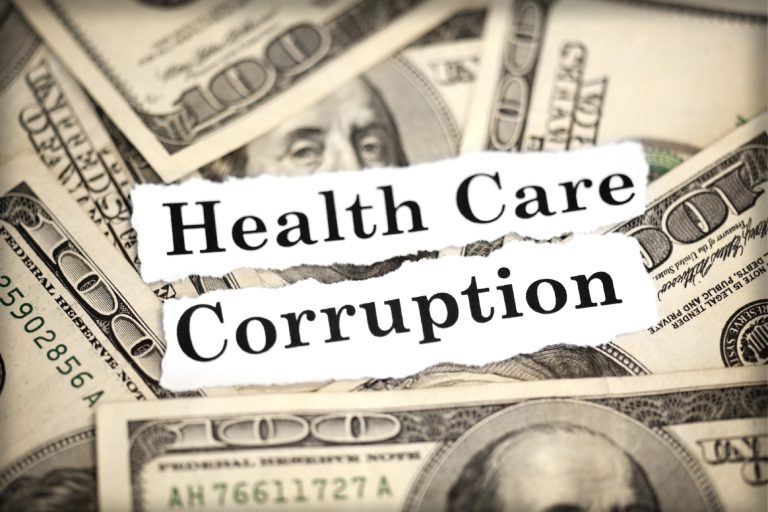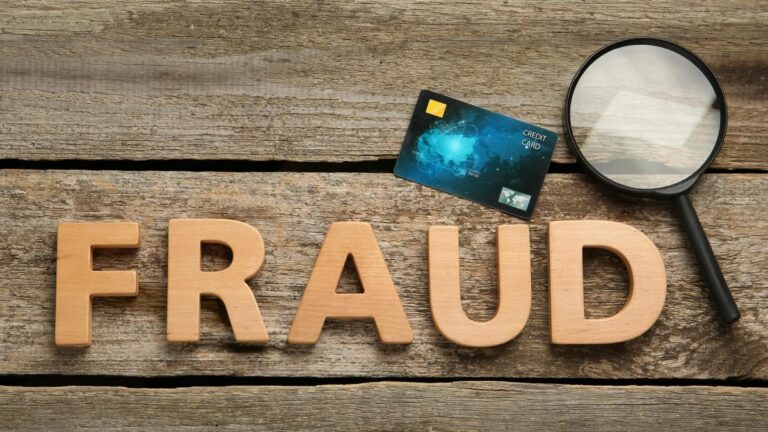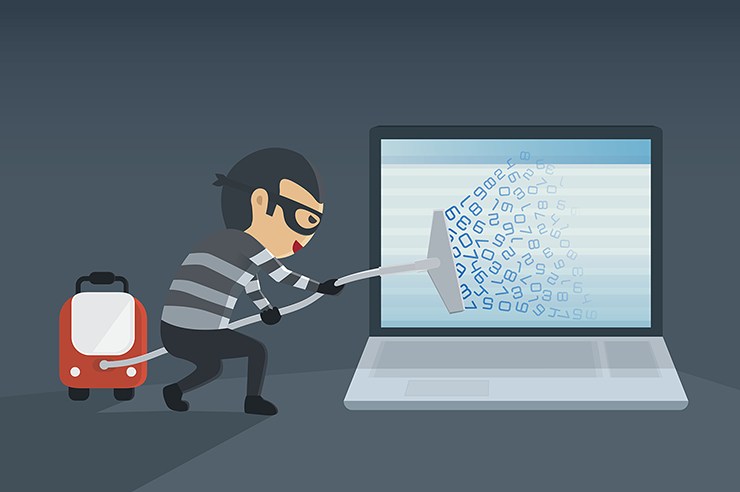Bankruptcy Fraud: How To Identifying And Wich Are Common Fraud Schemes
Collusive Involuntary Bankruptcy
There has been an increase in collusive involuntary bankruptcies in which creditors file an involuntary case at the debtor’s direction or with his approval. The collusive bankruptcy is often part of a larger scheme, frequently involving real estate foreclosures.
Examples of Collusive Involuntary
Collusive Involuntary: The perpetrator gets his co-conspirators to file an involuntary against him or his corporate entity. The involuntary is used if the debtor has been prohibited from filing for a period of time. A bustout or bleedout perpetrator may use an involuntary to conceal his involvement in a corporation where he is involved in a number of pending corporate bankruptcies. The bankruptcy system is used to gain the benefit of the automatic stay without having to disclose any information about the debtor during the involuntary period.
Red Flags/Common Characteristics
· Debtor subject to a 180-day bar on refiling suddenly has an involuntary filed against him
· Creditors have recently acquired the claim asserted in the involuntary
· Professional” creditors who reappear in suspicious sounding deals
· Same attorney is involved in the voluntary and involuntary bankruptcies
· Creditors are “former” long-term business associates of the debtor’s insider
· Insider has filed voluntary bankruptcy cases for at least several corporate or partnership entities in a short period of time, and the cases filed are suspicious
Civil Responses To Consider
· Appointment of an involuntary “gap” trustee
· Sanctions against attorney and referral to disciplinary committee, where appropriate
· Sanctions against petitioning creditors
· Waiver by trustee of attorney/client privilege for the corporate debtor’s counsel
· Civil or criminal contempt for failure to comply with court orders, including the production of documents, appearance at court hearings, etc
· Motion to dismiss with prejudice pursuant to 11 U.S.C. Section 707(a) and denying discharge pursuant to 11 U.S.C. Section 349(a), if debtor is an individual
· Objection to discharge pursuant to 11 U.S.C. Section 727
Criminal Responses To Consider
Bankruptcy Fraud, 18 U.S.C. Section 152: False statements in the involuntary petition.
Bankruptcy Fraud, 18 U.S.C. Section 157: If any act of this fraud occurs after October 22, 1994, this statute may be charged. The use of bankruptcy must aid the fraud scheme.Delaying creditors, use of the automatic stay to allow debtor to continue its fraud, or covering up the scheme are a few examples. False statements under oath is the same under 152,although 157 will allow a broader description of the fraud.
Conspiracy to Commit Bankruptcy Fraud, 18 U.S.C. Section 371: If two individuals are involved in the scheme, conspiracy may also be charged.
Tax Fraud, 26 U.S.C. 7202, 7203, 7206 and 7212: A failure to pay taxes on assets removed, failure to file returns, or the filing of a false return in an effort to conceal the scheme.
False Statement, 18 U.S.C. Section 1001: Any false statement or document designed to mislead the court or the United States Trustee, whether or not under oath.
False Statement, 18 U.S.C. Section 152(3): Statement must be under oath or under penalty of perjury.
Forbearance, 18 U.S.C. Section 152(6): Bidder, the debtor and/or a creditor have side deals on a sale. Sale agreement not disclosed and creditors are victimized.
Next: Strawbuyer/Fictitious Bidder






